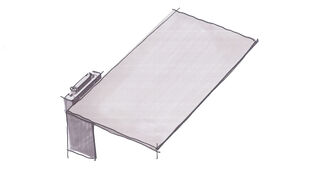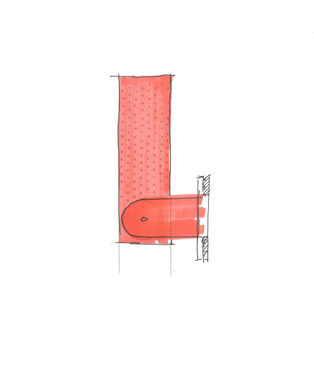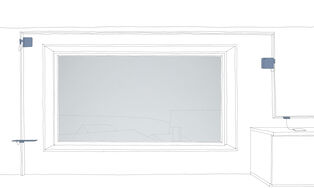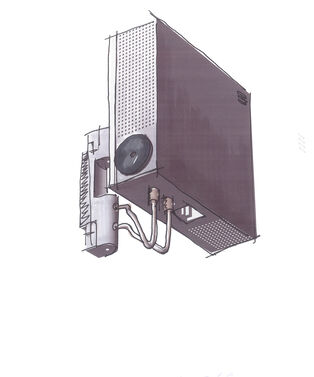- Stories,
- People
modular design thinking
Designer Lukas Unertl regards it as one of his prime tasks to address the challenges that are inherently linked with the call to shape the future in an environmentally sound way. The digital world we live in is driven by rapid product life cycles: with innovations waiting on the sidelines ready to leap at the chance to replace apparently obsolete products – from the point of view of sustainability an absolute disaster, which is clearly not acceptable in the long run.
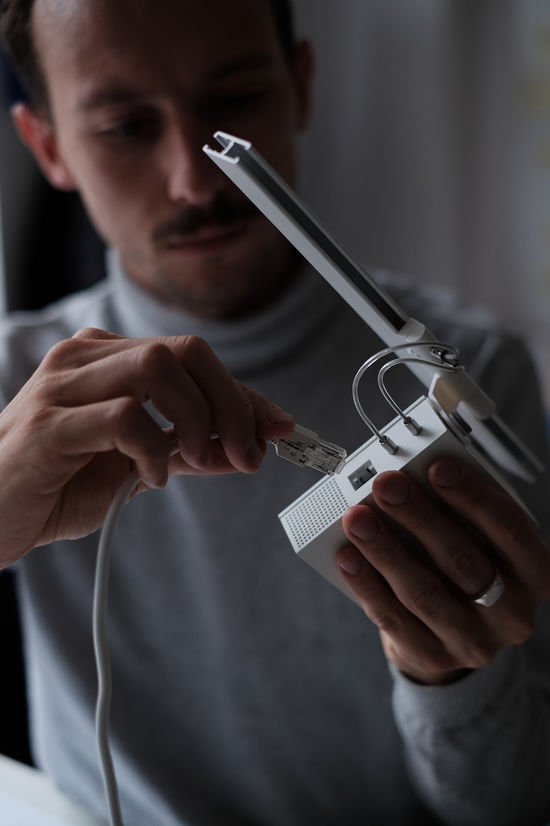
The question that formed the basis of his Master’s thesis on “Modular Thinking” in the summer semester 2018 at Burg Giebichenstein Art Academy in Halle was therefore: How can intelligent product design concepts be developed in the 21st century to reduce the carbon footprint, while at the same time responding to the needs of our modern-day society and without undermining a future-oriented market economy? Lukas Unertl was looking for alternative approaches. In order to define the kind of superstructure and concrete product idea he was looking for, he first spent some time investigating topics such as consumer behaviour, product development, design systems, Industry 4.0, reparability, sustainability, upcycling and recycling, urban mining, und more.
It quickly became clear that designing modular product groups in conjunction with forward-looking sustainability offers enormous potential. Already at an early development stage. The advantages are obvious – from the point of view of logistics right through to the end-user, who also benefits from the fact that individual modules of a product can be quickly replaced or updated. Lukas Unertl therefore focussed on modular systems and product architectures, his intention being to develop a project that would make sense all round. One that could be integrated into a project that was already on the market. According to Lukas Unertl: “True innovations tend to be developed by small companies that have made it their mission to take a long-term approach to solving problems”. Part of his studies were therefore occupied with who is currently thinking in terms of modular product systems, and he hit upon Buschfeld and the principle behind the 12 and 48 V light tracks. The track can be installed in spaces to align to an optimum with the needs and requirements of the respective client or project. And they can be extended time and again, and equipped with state-of-the-art lighting fixtures. A wide range of luminaires can be used: they can be mounted on the track simply and easily, and repositioned whenever required. Further analysis finally led to the concept idea: What if the track was not only confined to supporting lighting solutions? What if its potential could be further exploited and provide power for digital devices? A huge topic.
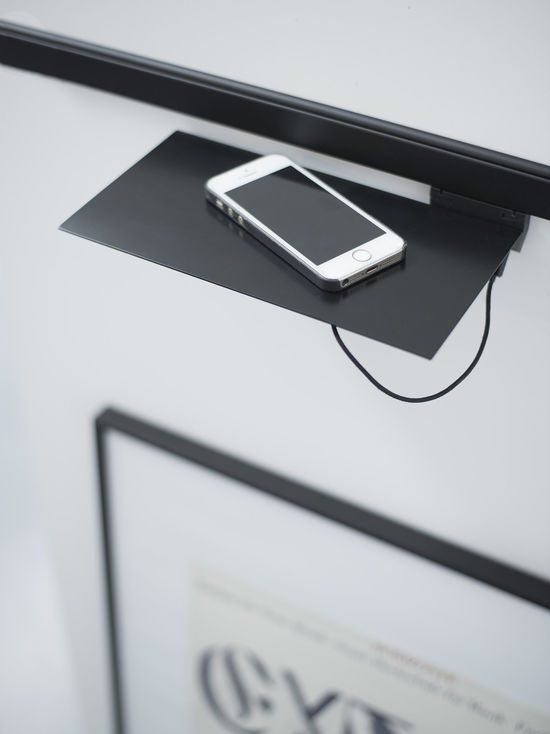
An idea that is highly compatible with our digital lifestyle in this day and age: once the track is installed everything remains flexible to accommodate changing scenarios or individual adjustments. Since it can be recessed in or surface-mounted on walls and ceilings, and even pendant-mounted on ceilings, the track provides optimum solutions even in complex spatial en vironments such as open-plan offices. The slimline 12 volt track from Buschfeld formed the basis for the project designed by Lukas Unertl. It can be applied without visible transformers, there is no danger of electric shocks. Using Buschfeld track, Lukas Unertl has developed a total of four product ideas for three different fields of application: an inductive charging pad for private use at home, a loudspeaker for applications in retail spaces, and a router/repeater for office spaces. An open module, a USB C adapter, that can be applied along the entire length of the track. “Using the WLAN interface in combination with the track it is possible, for example, to link further devices with one another or with a base station. Whether it is used for data transmission in office spaces or in the context of exhibitions, when information needs to be delivered when required, a router can serve as a truly valuable additional interface,” Lukas Unertl explains.
Photos: L. Unertl
